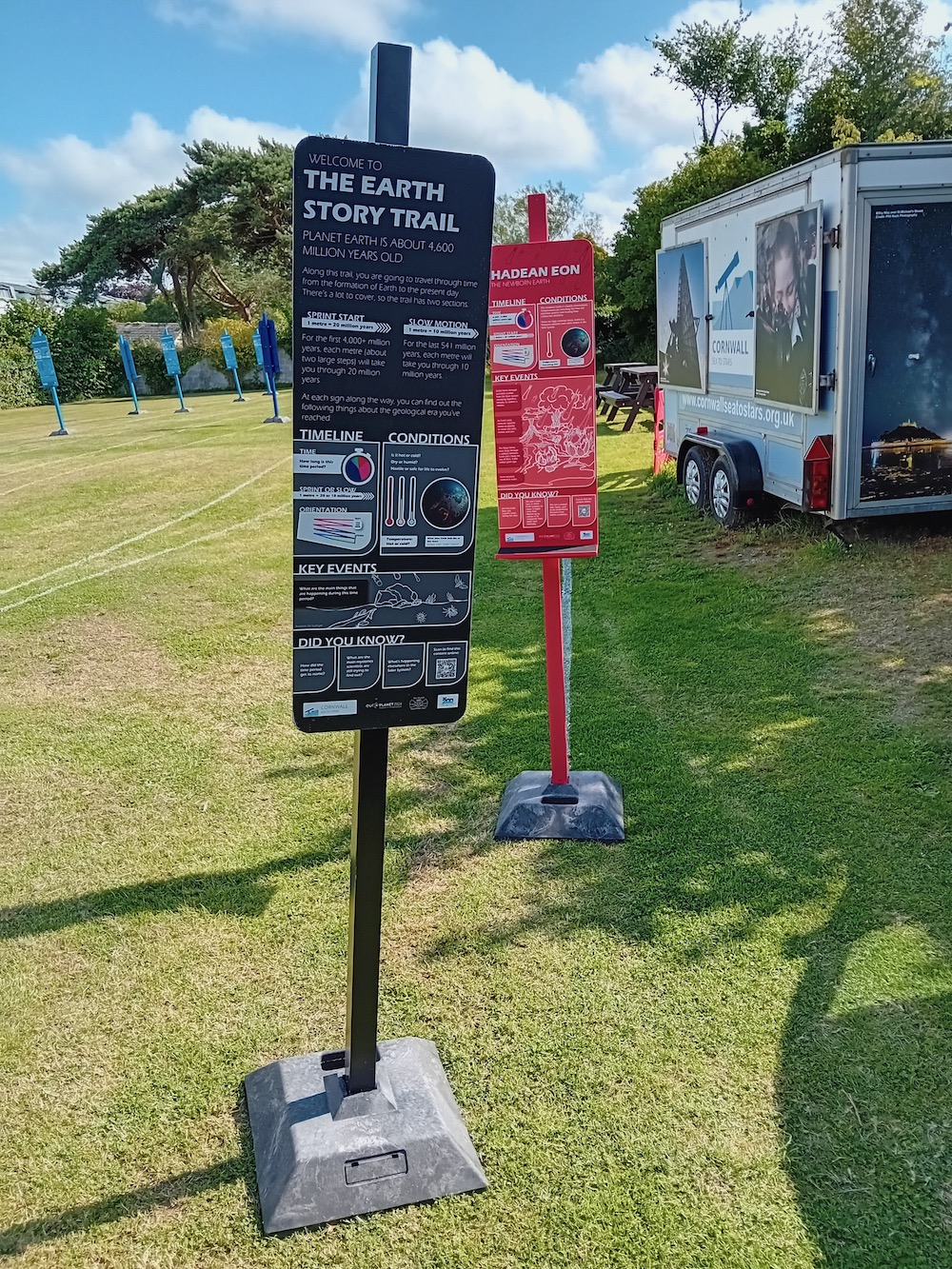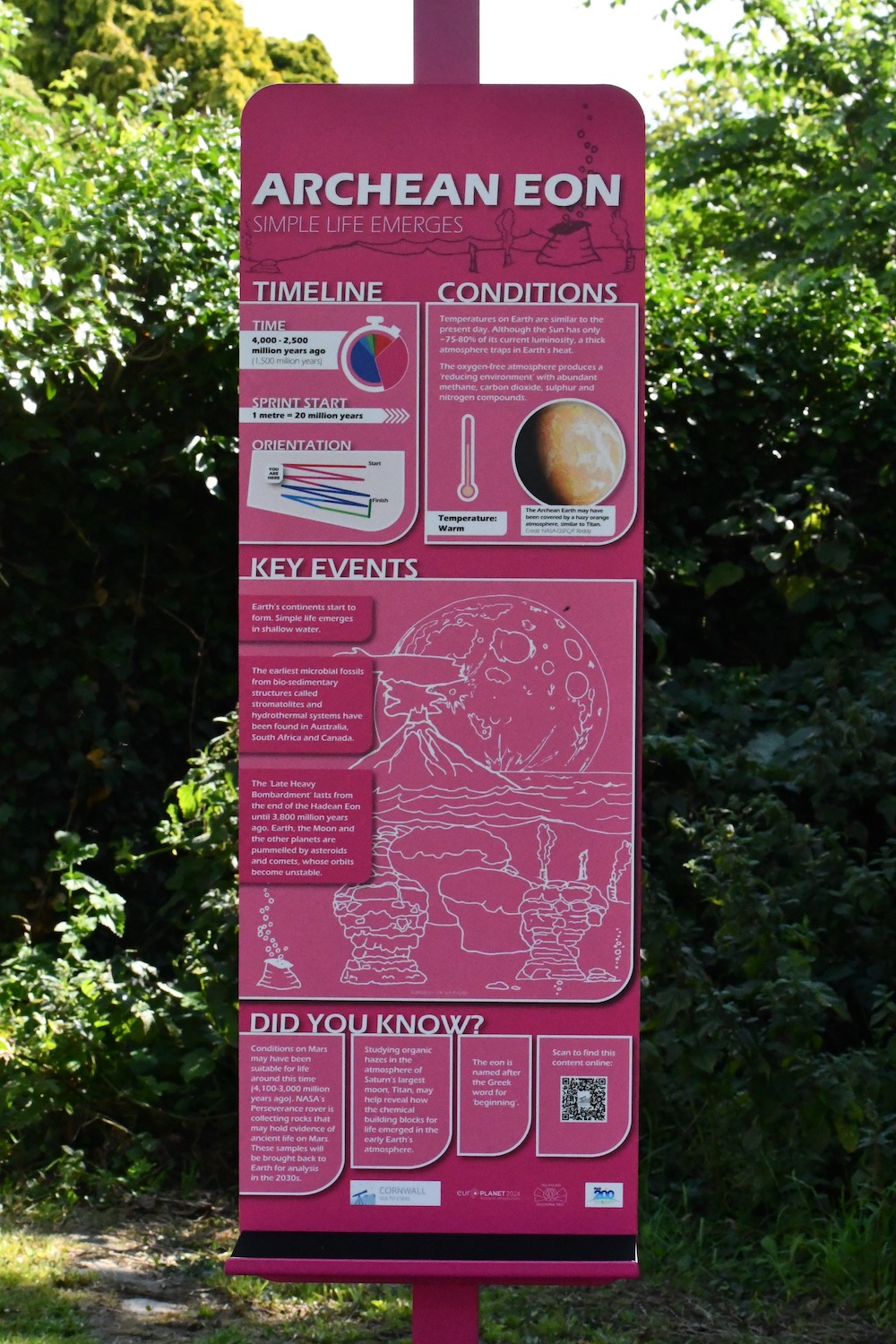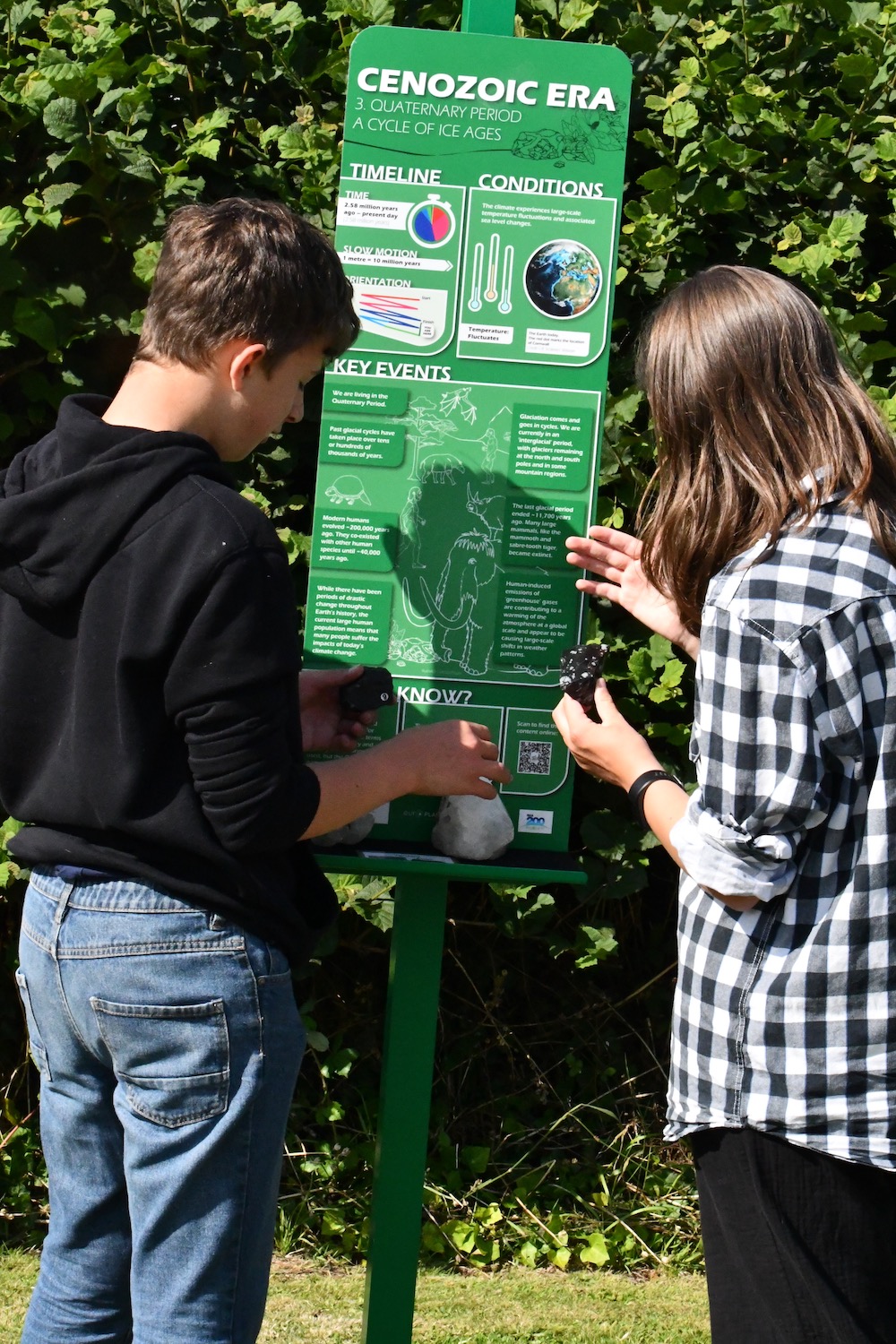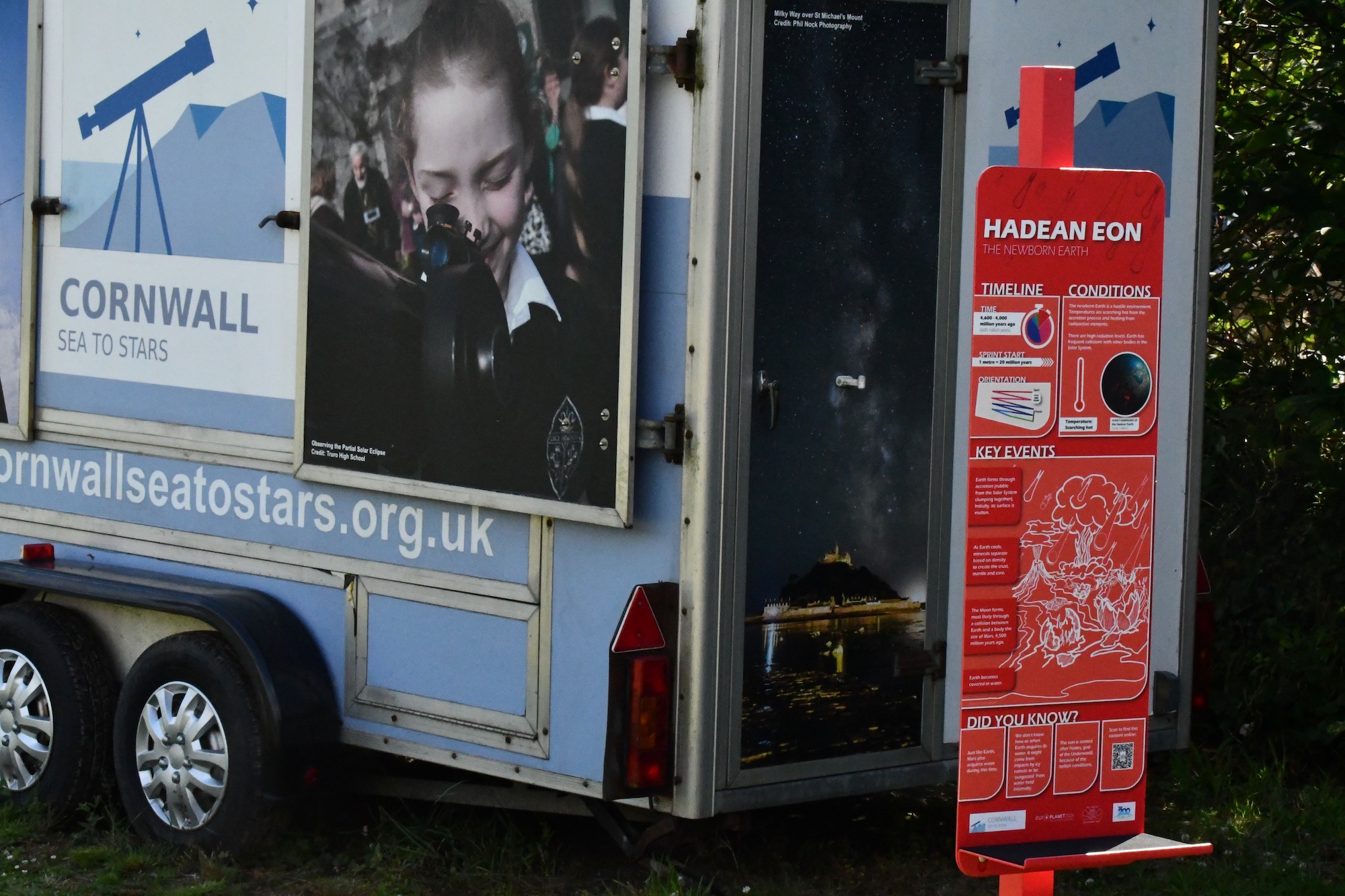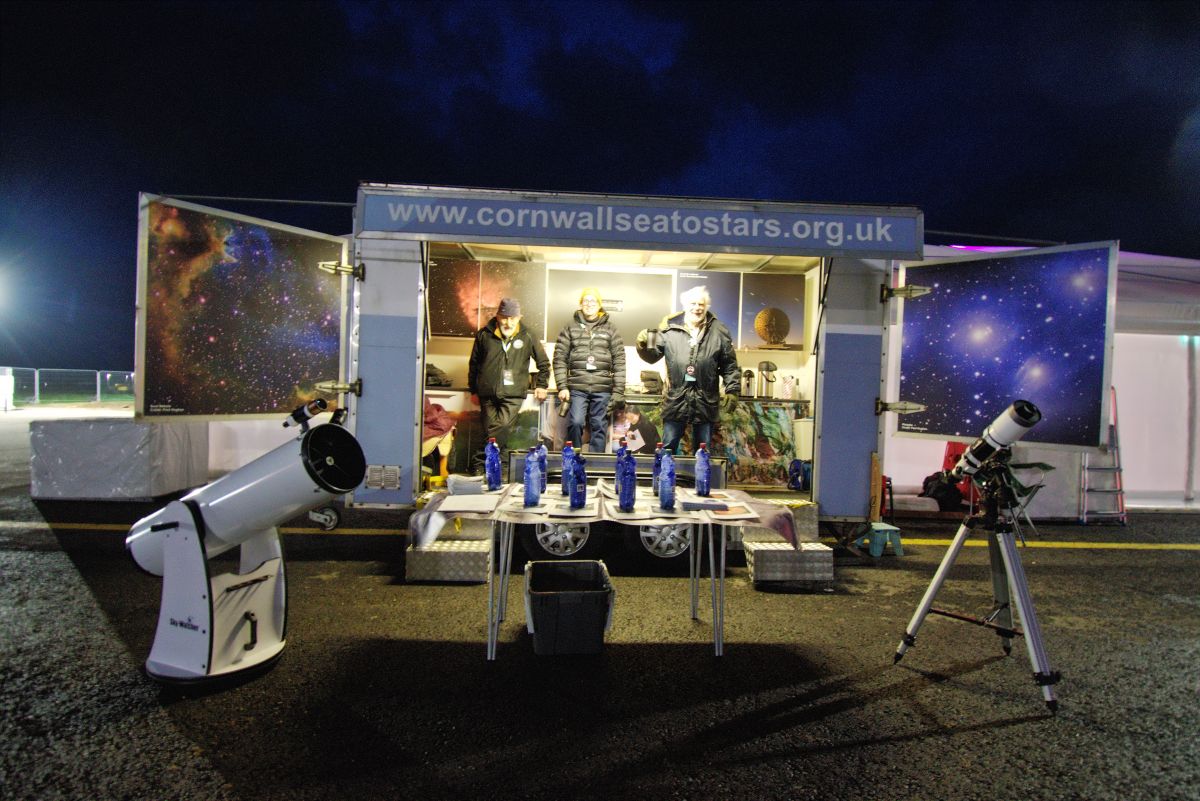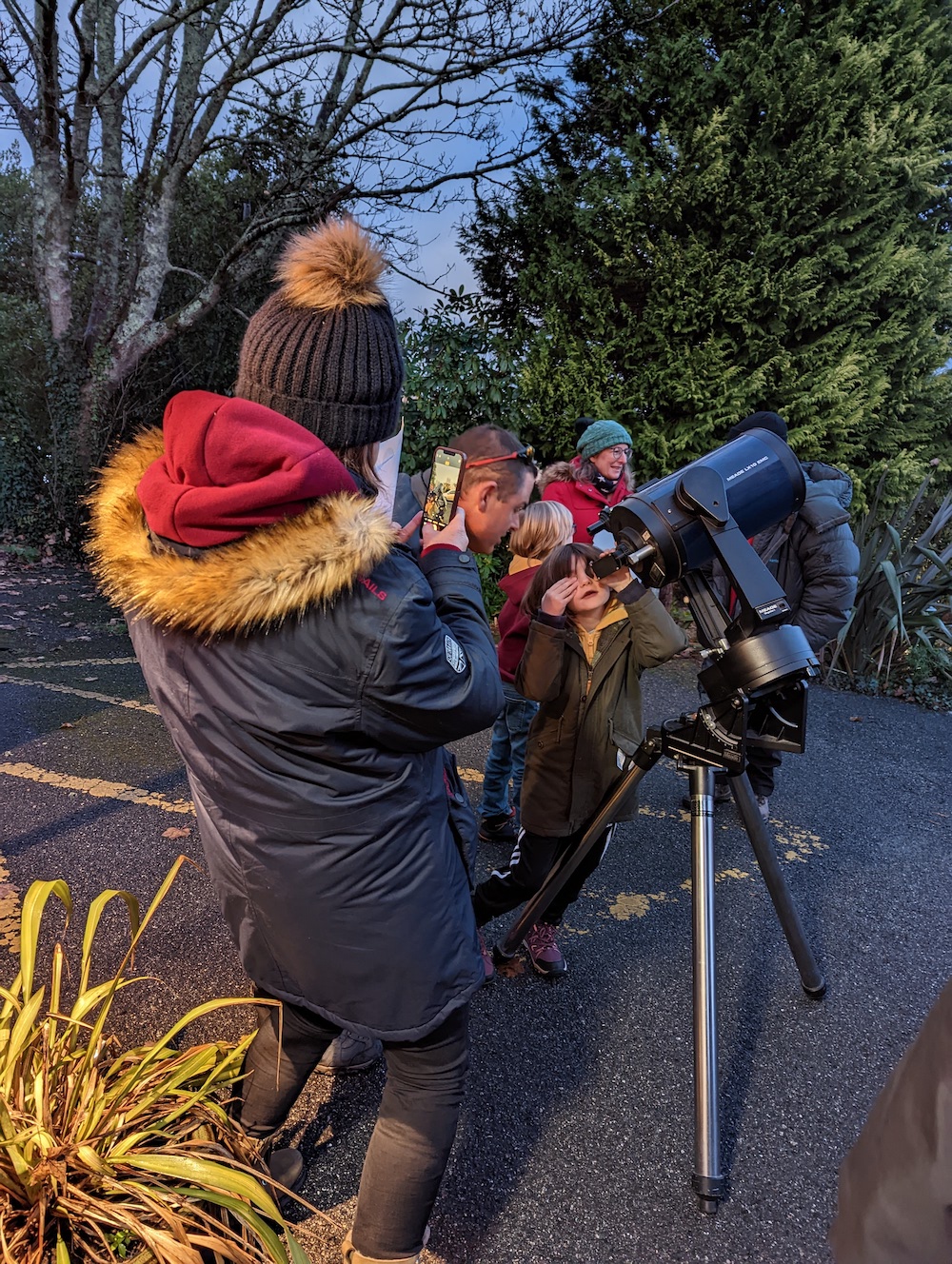Launcher One
Cosmic Girl duly roared down the run way at Newquay on a cold dark night, surely nothing could go wrong! However it did – somewhere over the Irish Sea the second stage cut out and the satellites failed to get into orbit. We still don’t know what went wrong, but we suspect an outside source over which Virgin Orbit had no control. Still there is always next time…
Solar System.
The Sun, Moon and Earth
Of course the dark nights will mean that younger astronomers will be able to appreciate the wonders of the winter night sky.. Especially the Orion group of constellations.
The Moon
- Full Moon 5th
- Last Quarter 15th
- New Moon 20th
- First Quarter 27th
The Full Moon in January is known as the Snow Moon in the US and UK.
The Planets
Venus makes a is in the SW after sunset, it should be possible to see that it has phases. NB you may want to put a Moon filter on your telescope eyepiece to reduce the glare. Best at the end of the month. A telescope will reveal Saturn very close by.
Mars Is best at the start of the month and fades throughout February.
Jupiter is still very bright, and is heading towards the western horizon
Saturn is in the west, is close to the Sun It sets very soon after, can be picked up by telescope after Sun set – take care to ensure the Sun has set!!
Neptune. A great opportunity to see this elusive planet occurs on the 15th when the ice giant is very close to Venus just 20 arc minutes away. 30 arc mins. is half a degree ie the diameter of the Full Moon. So just about far enough apart to be able to see past the glare of Venus. A good telescope will show it as a blue dot. Have your Moon filters to hand anyway.
Comet C/2022 E3 ZTf could reach naked eye visibility this month in the constellation of Ursa Minor. Check out the exact position each night via website search. Good binoculars are the best way forward Clear sky and an absence of the Moon are more important than proximity to Earth. The green colour is due to the presence of C2. Diatomic carbon
Sky at Night
No programme this month however you can keep up via the website and of course repeats are on I Player
Open Day with Telescope Clinic
Date:~? We are looking at the 18th, the Saturday afternoon and evening. A very popular event Keep and eye and ear on the media
A night on the beach
Date Sat 25th An Open evening organised by the Friends of Par Beach starts at 7.00pm. Plenty of good stuff to see given a clear sky, indoor programme if not.
Roseland Observatory is on line www.roselandobservatory.co.uk and also on www.Facebook.com/roselandobservatory
Brian Sheen runs the Roseland Observatory which is based in Truro High School for Girls.
